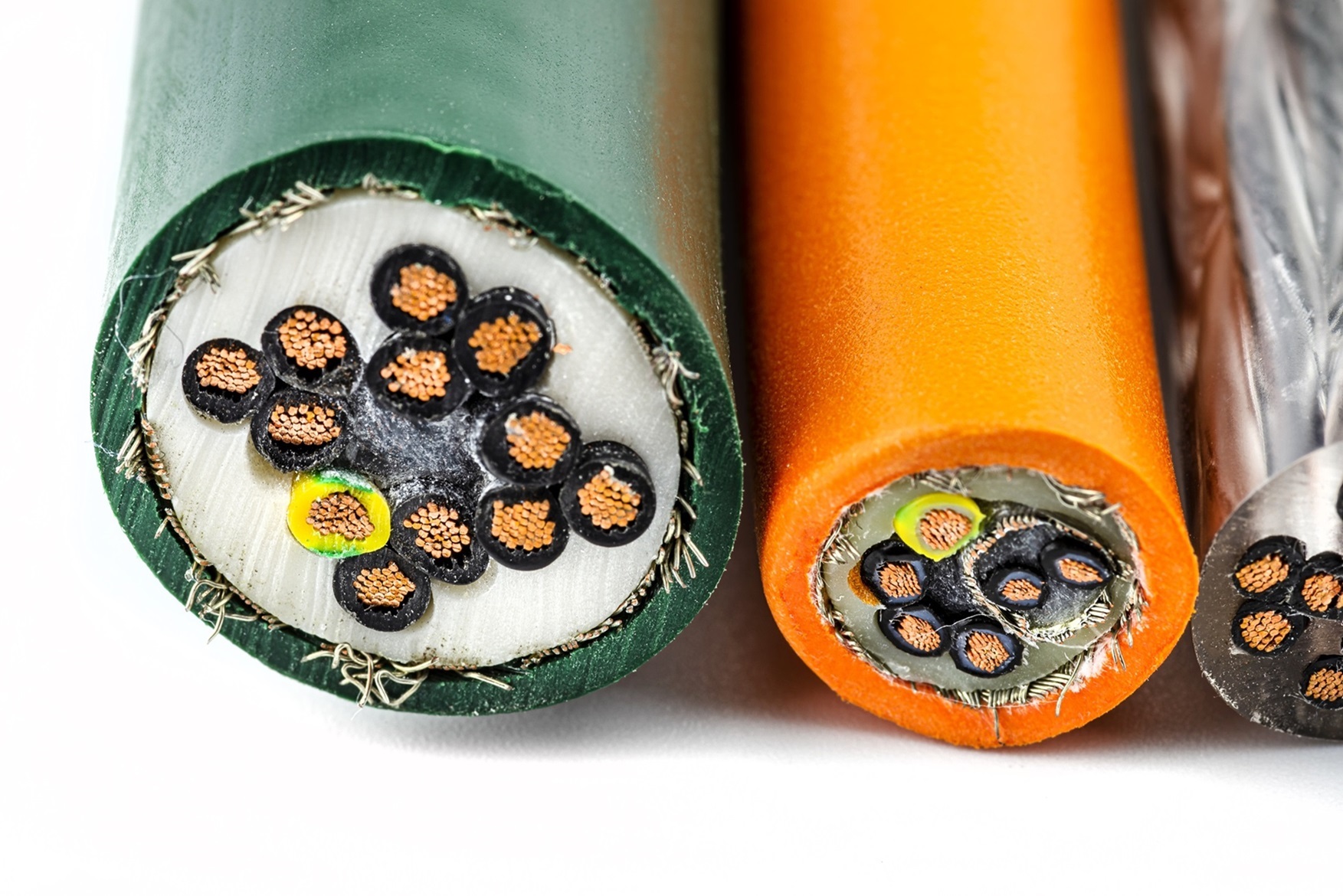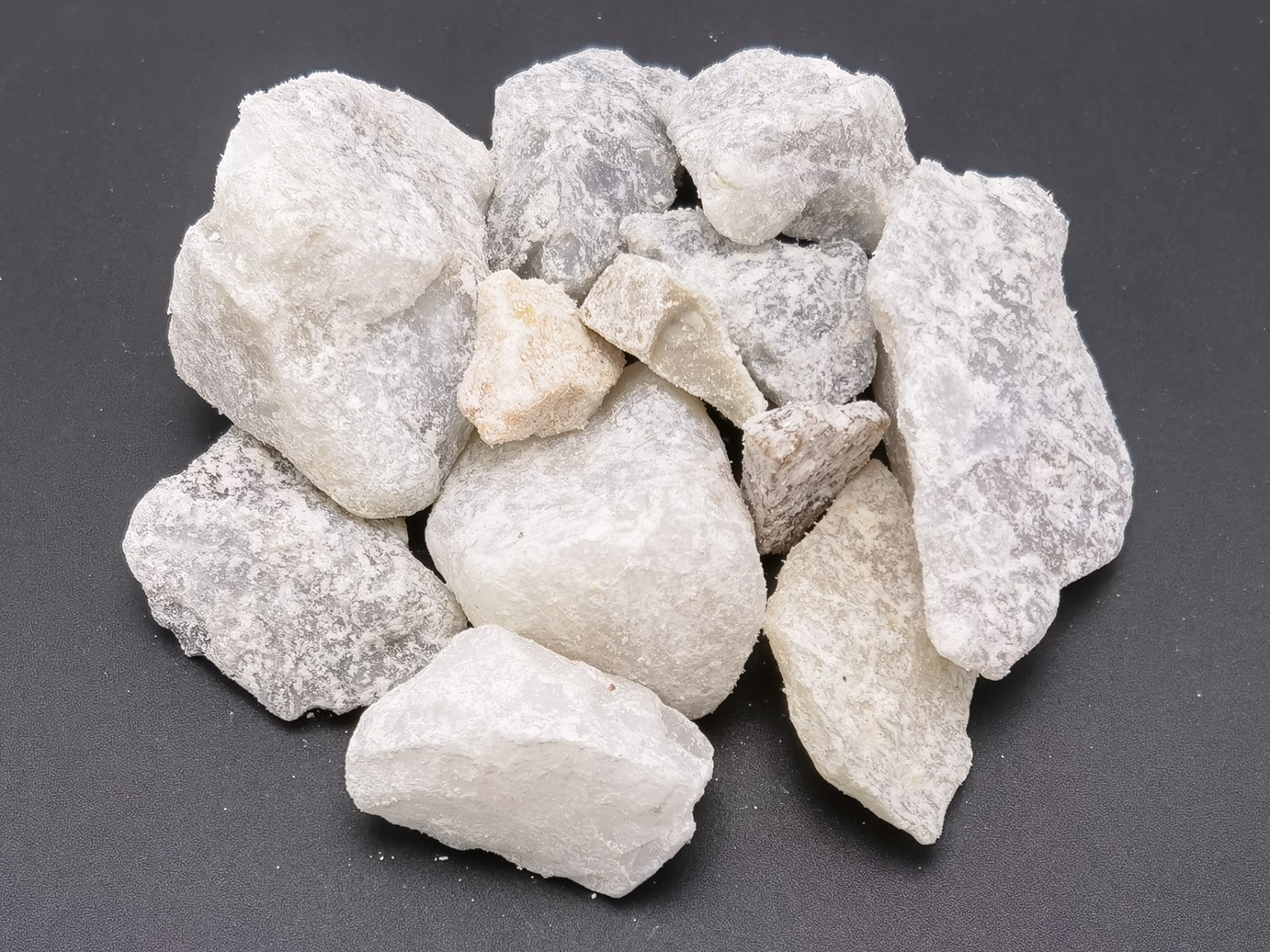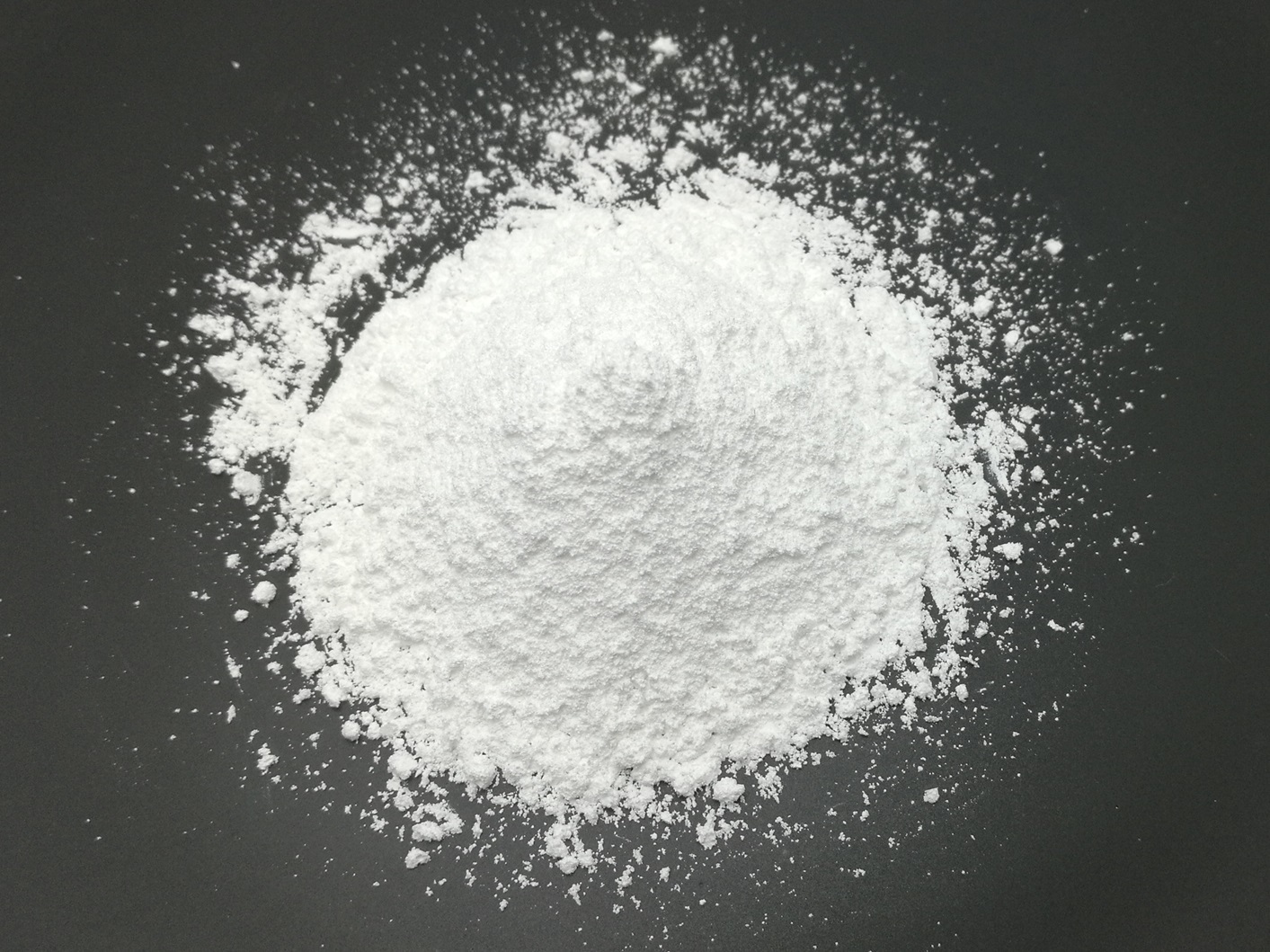Flame Retardant
Flame Retardant
In modern human society, flame retardants play an increasingly important role and protect the safe of people and property. Common types of flame retardants include: Halogen (Bromine is the most well-known), Phosphorous, Inorganic hydroxides, Boron, Nitrogen, and Silicon.
Although halogenated flame retardants and halogen-antimony combinations provide better flame retardance in most systems, there is also a growingly severe concern that products containing such substances will produce toxic and corrosive fumes when burning. At the same time, waste products containing such substances also face great environmental barriers in the recycling and incineration process.
Phosphorus-based flame retardants also provide good flame retardancy because they work in two separate phases: gas and condense. But in some cases (depending on the flame-retardant formulation as well as the chemical composition of the item itself), they may produce gases with low toxicity or carcinogens when burning, which could adversely affect the human body and the environment.
Compared with halogen-based and phosphate-based flame retardants, inorganic hydroxide flame retardants, which are mainly aluminum hydroxide (ATH) and magnesium hydroxide (MDH), have excellent flame-retardant performance with characteristics of low smoke, no toxicity, negligible corrosion and cost efficiency. They are widely used in polymers as environment-friendly flame retardants. Regarding ATH and MDH, water releasing occurs at 220°C and 330 °C respectively. The combustion is hindered by releasing the water vapor into the fire, diluting the flammable gases concentration, and limiting the accessibility of oxygen to the surface of the composite. Consequently, the smoke emission and the heat release are much suppressed. Furthermore, the oxide generated during the decomposition can promote the formation of thick carbonized lavers on the polymer surface, which improves flame-retardant and heat insulation effect, and reduces droplet formation during combustion. This is the key reason why inorganic flame retardant is considered as environment friendly fire-retardant agents overwhelming the other flame retardants.
MDH has a 100 °C higher decomposition temperature than ATH, allowing a higher processing temperature in compounding and extruding the plastic. Also, MDH adsorbs more energy than ATH during the decomposition process. Compared with the use of ATH alone, the combined use of ATH and MDH will obtain better flame-retardant effect. Of course, MDH can also be combined with other types of flame retardants to form an optimal formulation that takes into account ideal mechanical properties, high level of flame retardancy and excellent safety.
Recommended Products
Brucite is decomposed into magnesium oxide and water at 330℃, making it an excellent safe and environmentally friendly Flame-Retardant filler with characteristics of low smoke, no toxicity, negligible corrosion and cost efficiency.

undefined

undefined
Magnesium hydroxide (MDH) crystals tend to form as large, hexagonal plates by default. However, Nano magnesium hydroxide (Nano MDH) usually has the morphology of the crystalline material from 2D nanostructures such as hexagonal platelets and sheets to 1D configurations such as rods, needles and hollow tubes.





